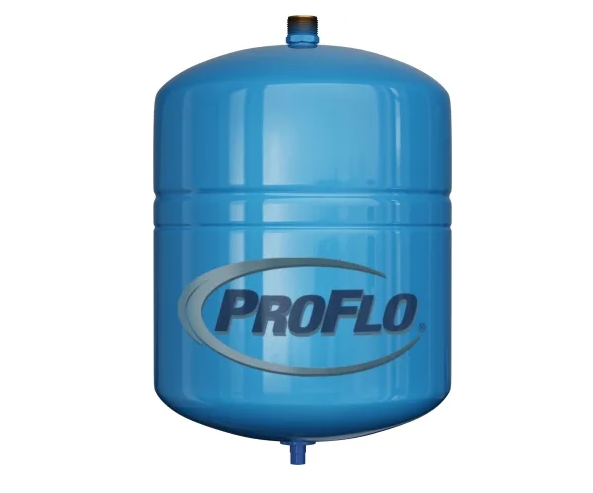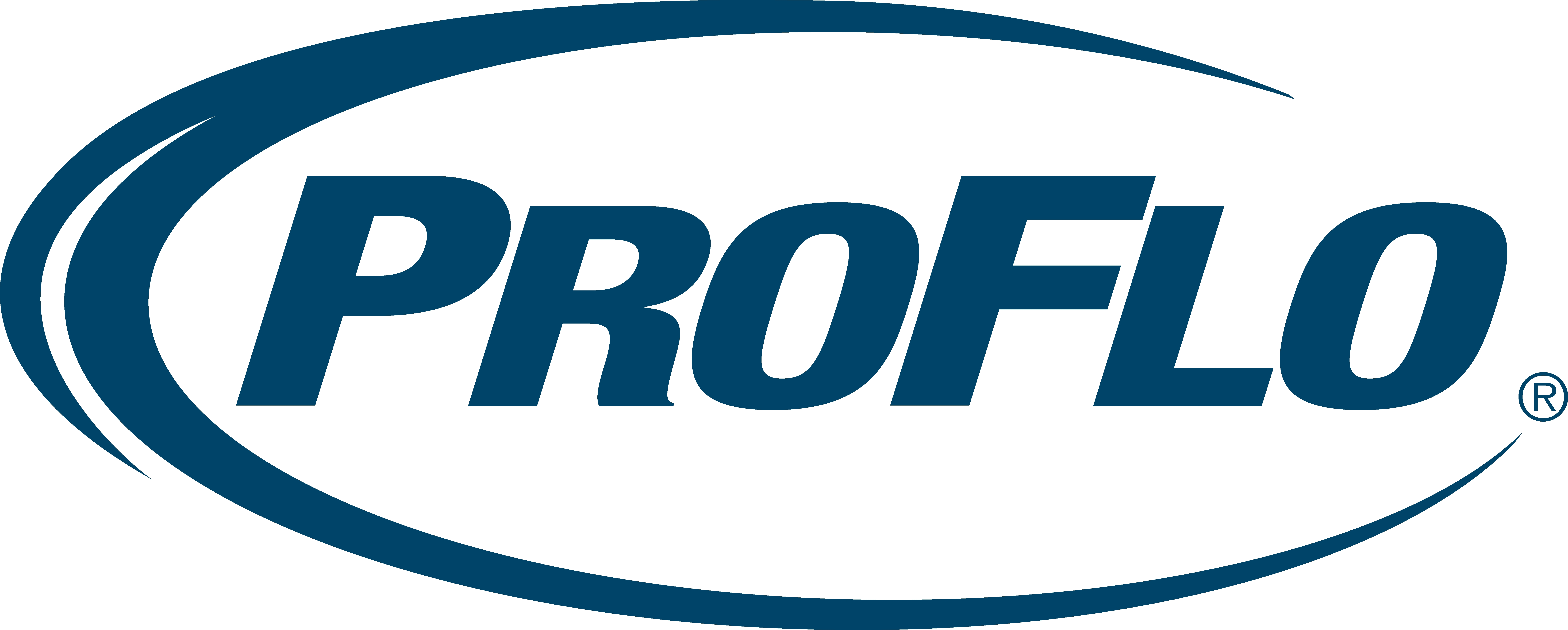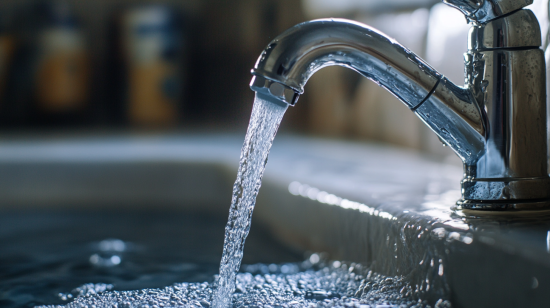
PROFLO 2.1 Gallon Thermal Expansion Tank
- Constructed of steel ensuring durability and dependability
- Covered under ProFlo’s 1 year limited warranty
- High quality finish – will resist rust and corrosion through everyday use
- Capacity: 2.1 gallons
- Width: 8″
- Depth: 8″
- Height: 11-5/8″
- Connection Size: 3/4″
- Connection Type: MIP
$48.00
Finding the right expansion tank for your home’s plumbing system is crucial to maintain proper water pressure and prevent potential water damage. Proflo expansion tanks are a popular choice among homeowners and plumbers for their durability, ease of installation, and reliable performance. This buying guide will provide you with everything you need to know to pick the perfect Proflo expansion tank for your needs.
What is an Expansion Tank and Why Do You Need One?
An expansion tank is an important component in any closed plumbing system that uses a water heater or boiler. As water is heated, it naturally expands in volume. In a closed system, this expansion will cause a rapid increase in water pressure unless there is somewhere for that expanded water volume to go. The expansion tank provides that space, giving the heated water a place to expand into without creating excessive pressure in the pipes.
Without an expansion tank, the pressure buildup in your plumbing system could reach dangerous levels. This can put stress on fittings, valves, and even the water heater itself. Over time, it can cause leaks, drips, and even sudden pipe bursts. An expansion tank alleviates this pressure, protecting your plumbing and avoiding costly repairs.
Expansion tanks are mandatory in most modern building codes. They are an essential safeguard to prevent water damage and ensure your plumbing system functions efficiently and safely. Installing a properly sized, high-quality expansion tank like those made by Proflo is one of the wisest investments you can make in your home’s plumbing.
How Do Proflo Expansion Tanks Work?
Proflo uses a diaphragm-style design for their expansion tanks. Inside the pre-pressurized tank is an internal bladder separated from the exterior shell by a rubber diaphragm. As heated water expands, it flows into the bladder compressing the air pocket. This cushion of air provides space for the expanded water volume while preventing any actual water from entering the tank itself.
A Schrader valve on the tank allows it to be pre-charged with the proper amount of air pressure for the plumbing system size and water pressure. Proflo carefully pre-pressurizes each tank at the factory. This air pocket absorbs the water pressure fluctuations so your pipes don’t have to.
The benefits of the Proflo diaphragm-style tank include:
- Maintains proper system pressure and absorption capacity over time. Pre-charged bladder won’t waterlog like old-style expansion tanks.
- No maintenance required. Proflo tanks don’t usually need repressurizing for the life of the unit.
- Compact size perfect for tight spaces. Takes up less room than old tank-in-tank models.
- Durable construction withstands years of use without leaking.
- Pre-pressurized for easy installation. Just mount it and connect the pipes.
Proflo’s time-tested diaphragm expansion tank design has proven itself in thousands of homes over decades of reliable service.
What to Look for When Buying a Proflo Expansion Tank
With a general understanding of how they work, here are the key factors to consider when selecting the right Proflo expansion tank model for your specific needs:
Tank Capacity – Make sure to size your expansion tank properly for your household water usage. Undersizing can lead to excessive pressure on the plumbing system while oversizing wastes money on an unnecessarily large tank. Proflo provides tank sizes from 2 gallons up to 119 gallons.
Construction Material – Proflo uses heavy-gauge steel, stainless steel or composite tank materials to prevent corrosion and provide maximum longevity. Composite tanks won’t rust and are ideal for coastal areas or other humid climates.
Connection Type – Choose Proflo tanks with either NPT threaded or footer-style tank connections to match your plumbing system. This ensures a smooth install.
Pressure Rating – Match the tank’s pressure rating and pre-charge to your household water pressure. Standard residential systems usually require a tank rated for 150 psi.
Temperature Range – Ensure the tank is rated for the hot water temperatures your system produces. Look for at least a 210 degree F rating.
Warranty – Proflo offers warranties up to 5 years for peace of mind and ensures factory defects are covered.
Certifications – Look for Proflo tanks certified by ASME, UL, and other established standards organizations for safety and quality assurances.
Price – While an essential investment in your plumbing system, Proflo tanks are competitively priced for the quality you get. Avoid cheaper no-name tanks that may fail prematurely.
By keeping these criteria in mind while comparing different Proflo models, you can zero in on the perfect expansion tank for your home’s needs and budget.
Where to Buy Proflo Expansion Tanks
Proflo offers their expansion tanks through three main channels – wholesale plumbing supply distributors, retail home improvement stores, and online outlets.
Plumbing Supply Stores – Check local plumbing supply distributors that serve professional contractors. Proflo is a leading brand with wholesalers. Great if needing expert product advice.
Home Improvement Stores – Big retailers like Home Depot, Lowes, and Menards typically stock Proflo’s most popular residential expansion tank models. Easy to purchase.
Online – Order Proflo tanks direct from Amazon or specialty plumbing e-tailers like SupplyHouse.com. Good prices with fast shipping right to your door.
Only buy directly from Proflo authorized sellers to ensure you get a genuine tank covered by the full manufacturer’s warranty. Avoid sketchy third party sellers with knock-off tanks that may leak or fail prematurely.
For a smooth installation, be sure to purchase the correct pipe fittings and accessories while getting your Proflo tank. This avoids making extra trips back to the store. Having everything you need upfront prevents delays in getting your new expansion tank up and running.
Installing a Proflo Expansion Tank
When your new Proflo expansion tank arrives, you’ll want to get it professionally installed as soon as possible. Here are some tips for a straightforward installation:
Read the Instructions – Proflo provides detailed installation guidance with each tank. Read this over to understand the process before starting.
Shut Off Water Supply – Turn off the water to the plumbing system at the main shutoff valve. Relieve pressure by opening faucets.
Select Installation Location – Mount the tank on any solid surface like framing studs. Proflo specifies required clearance space in the instructions.
Install Tank Fittings – Attach the flex line tubing, pipe fittings, and accessories per diagram instructions using proper techniques.
Connect Expansion Tank – Run tubing from the tank tee fitting on the cold water supply line to the tank connection.
Pressurize System – Turn water back on slowly. At the tank’s Schrader valve, check/adjust air pre-charge pressure to spec.
Check for Leaks – Inspect thoroughly for any drips or leaks at fittings. Tighten if needed. Bleed lines.
Once installed per Proflo’s directions, your expansion tank is ready to start protecting your plumbing by maintaining safe system pressures. Be sure to test out all faucets in the house and flush toilets to check normal water function.
Troubleshooting Proflo Expansion Tank Problems
Even quality tanks like Proflo’s can sometimes develop issues. Here’s how to troubleshoot common expansion tank problems:
Leaking at Pipe Connections – Tighten fittings if loose. Replace cracked or worn washers. Use pipe thread seal tape.
Tank Leaking – Pinhole leaks in older tanks often mean internal bladder has failed. Replace tank.
Low Water Pressure – Tank air pre-charge pressure may need adjusting via the Schrader valve. Check and add air as needed.
Noisy Pipes/Water Hammer – If you hear banging pipes, the tank may be waterlogged or undersized. Time to replace it.
Tank Not Filling Properly – Ensure tank is installed on the cold water supply line, not hot. Check for kinks blocking flow.
Water Backflow into Tank – Replace faulty internal bladder. Install a backflow preventer valve.
While Proflo tanks are designed for years of trouble-free service, they are slowly wear out over time. If your tank is over 5-7 years old and problems persist, replacement may be your best option.
Maintaining Your Proflo Expansion Tank
Do not open or remove the pre-charge Schrader valve on a Proflo tank unless checking/adjusting air pressure. Bleeding off air will cause the tank to waterlog and fail.
Other maintenance tips include:
- Visually inspect for corrosion or leaks yearly – replace tank if needed.
- Keep connectors and valves accessible for inspection. Don’t bury tank behind appliances.
- Replace old tanks proactively to avoid more costly emergency repairs from failure.
- Higher water usage and pressure may shorten tank life – budget for replacement every 5-7 years.
- Proflo tanks contain no user-serviceable parts inside. Never attempt to open the tank shell yourself.
- Adding a water softener can extend tank life by reducing mineral buildup internally.
With proper maintenance and care, your Proflo expansion tank should last for many years before needing replacement. Stay proactive to maximize its lifespan.
Replacing a Worn-Out Expansion Tank
If your Proflo expansion tank has reached the end of its service life, here are some tips for replacing it yourself:
Turn Off Water – Shut off water supply and open faucets to depressurize the plumbing system completely.
Inspect Fittings – Check pipe connectors and valves for needed replacement before disconnecting old tank. Replace washers, etc.
Disconnect/Remove Old Tank – Detach piping and fittings. Unscrew mounting bolts. Carefully lift out old tank.
Install New Tank – Set tank in place. Reattach piping/fittings using thread tape. Mount securely.
Pressurize – Slowly turn water back on. Use Schrader valve to pre-charge tank air pressure to spec.
Test Operation – Open all faucets to bleed pipes of air. Inspect closely for leaks at connections.
Once any leaks or other issues are resolved, your new Proflo expansion tank should provide worry-free performance for years before needing replacement again. Be sure to budget for a replacement tank on a 5-7 year cycle.
Frequently Asked Questions About Proflo Expansion Tanks
Making an informed expansion tank purchase starts with getting all your key questions answered. Here are some of the most commonly asked FAQs about Proflo tanks:
What is the warranty on Proflo expansion tanks?
Proflo provides warranties of 1-5 years depending on the specific model. Be sure to register your tank online for coverage.
What sizes of Proflo expansion tanks are available?
Tanks range from 2 gallon up to 119 gallon capacities. Choose the correctly sized model for your home’s water usage.
How difficult are Proflo tanks to install?
Proflo tanks are designed for quick DIY installs if you’re comfortable working on plumbing. Detailed instructions are provided. Have a plumber tackle install if unsure.
Can a Proflo expansion tank fix low water pressure?
It can if pressure loss is due to thermal expansion in a closed plumbing system without a tank. Make sure no other pressure issues exist before assuming expansion tank will solve the problem.
How do I prevent leaks with my Proflo expansion tank?
Ensure rubber washers are in good condition. Use pipe thread seal tape on connections. Inspect fittings yearly for drips. Replace washers and seals as needed.
What is the cost of a Proflo expansion tank?
Prices range from $50 up to around $250 depending on tank size and materials. Compare models to find the best value option for your specific home setup.
Hopefully this guide has provided the information needed to select the ideal Proflo expansion tank model for your home. Investing in this essential plumbing component now can save you from major headaches down the road.

